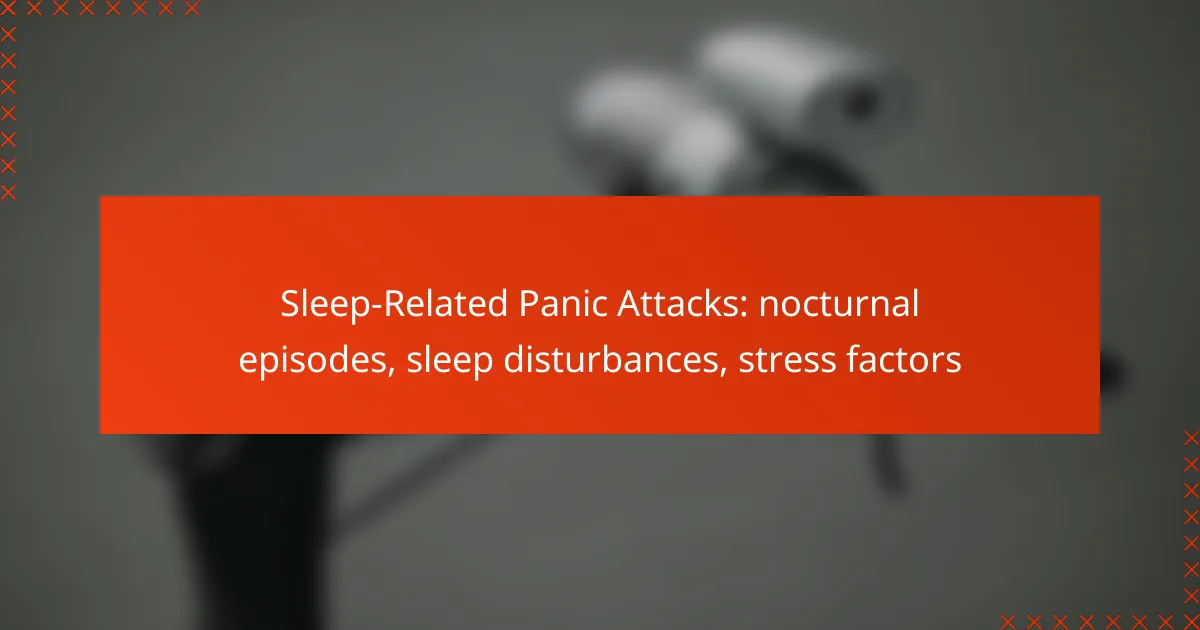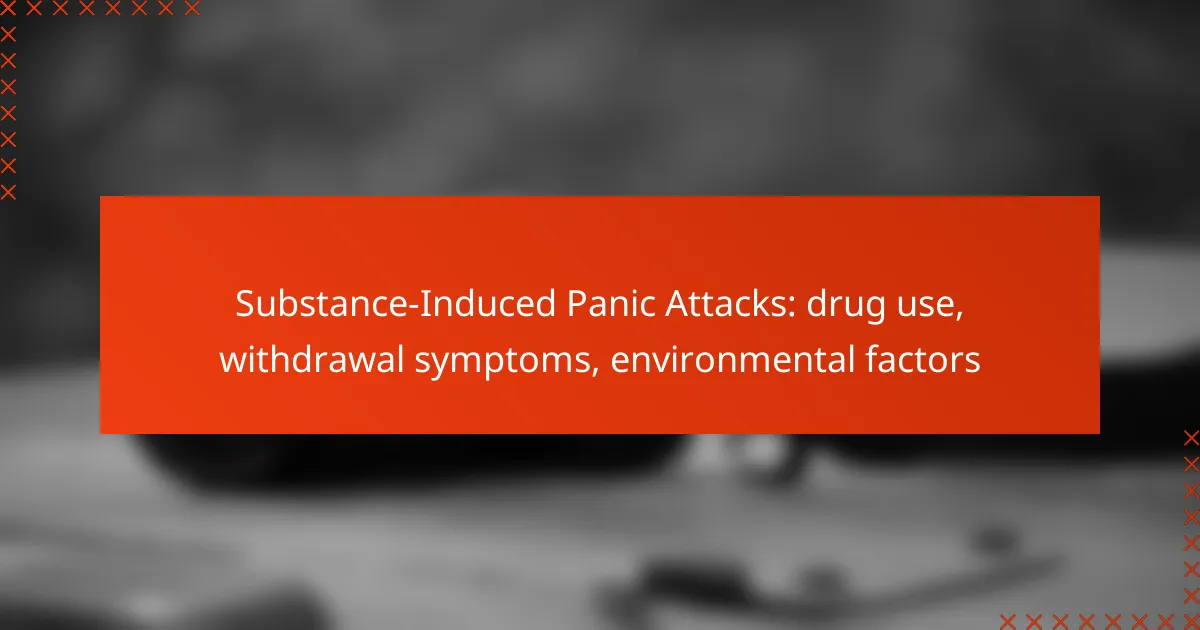Unexpected panic attacks can occur without clear triggers, leaving individuals feeling overwhelmed and anxious. These episodes often arise frequently, significantly impacting daily life and emotional well-being. Understanding the underlying factors and exploring effective treatments can help manage symptoms and reduce the occurrence of these distressing attacks.

What are the effective treatments for unexpected panic attacks in the UK?
Effective treatments for unexpected panic attacks in the UK include Cognitive Behavioral Therapy (CBT), medication options, mindfulness techniques, and support groups. These approaches can help manage symptoms and reduce the frequency of attacks.
Cognitive Behavioral Therapy (CBT)
Cognitive Behavioral Therapy (CBT) is a structured, time-limited therapy that focuses on identifying and changing negative thought patterns. It helps individuals understand the connection between their thoughts, feelings, and behaviors, which is crucial for managing panic attacks.
In the UK, CBT is often available through the National Health Service (NHS) and can be accessed via referrals from a GP. Sessions typically last around 50 minutes and may occur weekly for several weeks, depending on individual needs.
Medication options
Medication can be an effective option for managing unexpected panic attacks, particularly when symptoms are severe. Commonly prescribed medications include selective serotonin reuptake inhibitors (SSRIs) and benzodiazepines, which can help reduce anxiety levels.
It’s essential to consult a healthcare professional to determine the most suitable medication and dosage. Regular follow-ups are necessary to monitor effectiveness and adjust prescriptions as needed.
Mindfulness techniques
Mindfulness techniques involve practices that promote awareness and acceptance of the present moment, which can significantly reduce anxiety. Techniques such as deep breathing, meditation, and progressive muscle relaxation can help individuals manage their panic symptoms effectively.
Incorporating mindfulness into daily routines can be beneficial. Simple practices, like taking a few minutes each day to focus on breathing or engaging in guided meditation, can help build resilience against panic attacks over time.
Support groups
Support groups provide a platform for individuals experiencing panic attacks to share their experiences and coping strategies. These groups foster a sense of community and understanding, which can be comforting for those feeling isolated by their symptoms.
In the UK, various organizations offer support groups, both in-person and online. Participating in these groups can enhance recovery by providing emotional support and practical advice from peers who understand the challenges of living with anxiety.
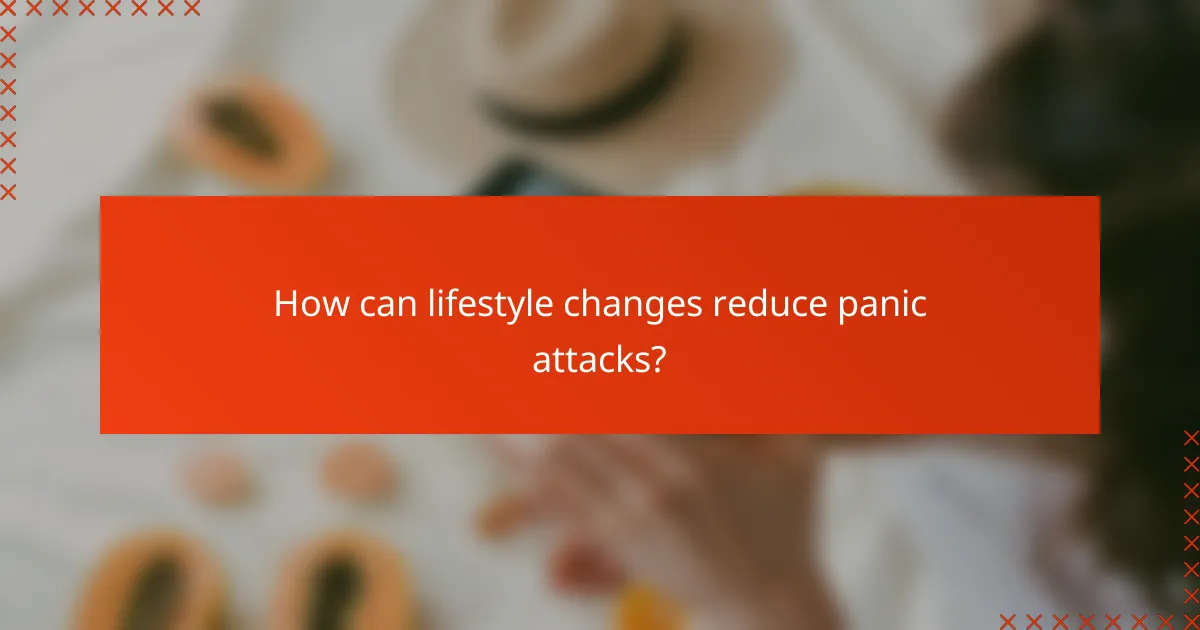
How can lifestyle changes reduce panic attacks?
Lifestyle changes can significantly reduce the frequency and intensity of panic attacks by promoting overall well-being and lowering anxiety levels. Incorporating regular exercise, maintaining a balanced diet, ensuring good sleep hygiene, and practicing stress management techniques can create a more stable emotional environment.
Regular exercise
Engaging in regular physical activity is one of the most effective ways to reduce anxiety and panic attacks. Aim for at least 150 minutes of moderate aerobic exercise each week, such as brisk walking or cycling, to help release endorphins and improve mood.
Consider incorporating activities that you enjoy, as this will make it easier to stick with a routine. Group classes or team sports can also provide social support, which can further alleviate feelings of anxiety.
Balanced diet
A balanced diet plays a crucial role in managing anxiety and reducing panic attacks. Focus on whole foods, including fruits, vegetables, whole grains, lean proteins, and healthy fats, while limiting processed foods, sugar, and caffeine.
Consider meal planning to ensure you have nutritious options readily available. Staying hydrated is also essential; aim for at least 2 liters of water daily to support overall health and cognitive function.
Sleep hygiene
Good sleep hygiene is vital for reducing anxiety and preventing panic attacks. Aim for 7-9 hours of quality sleep each night by establishing a consistent sleep schedule and creating a calming bedtime routine.
Limit screen time before bed, keep your sleep environment dark and cool, and avoid stimulants like caffeine in the hours leading up to sleep. These practices can help improve sleep quality, which is essential for emotional stability.
Stress management
Effective stress management techniques can help reduce the likelihood of panic attacks. Consider incorporating mindfulness practices, such as meditation or yoga, into your daily routine to enhance relaxation and focus.
Additionally, prioritize time for hobbies and activities that bring you joy. Keeping a journal to express your thoughts and feelings can also be beneficial in managing stress and anxiety levels.

What triggers unexpected panic attacks?
Unexpected panic attacks can arise from a variety of triggers, often without a clear cause. These triggers may include genetic factors, environmental stressors, and past traumatic experiences, all contributing to heightened anxiety levels.
Genetic predisposition
Genetic predisposition plays a significant role in the likelihood of experiencing panic attacks. Individuals with a family history of anxiety disorders may be more susceptible to developing similar conditions themselves.
Research suggests that certain genes may influence neurotransmitter systems, affecting how one responds to stress. If anxiety disorders are prevalent in your family, it may be beneficial to seek professional guidance to manage your mental health proactively.
Environmental stressors
Environmental stressors, such as work-related pressures, financial difficulties, or significant life changes, can trigger unexpected panic attacks. These stressors can create a heightened state of anxiety, making individuals more vulnerable to panic episodes.
Identifying and addressing these stressors is crucial. Techniques like stress management, mindfulness, and time management can help mitigate their impact. Consider creating a list of your stressors and developing strategies to cope with them effectively.
Previous trauma
Previous trauma, whether from childhood experiences or recent events, can significantly influence the occurrence of panic attacks. Traumatic experiences can lead to heightened anxiety and a constant state of alertness, increasing the likelihood of panic episodes.
It’s essential to acknowledge and process these traumas, possibly with the help of a mental health professional. Therapeutic approaches such as cognitive-behavioral therapy (CBT) can be effective in addressing the effects of trauma and reducing panic attack frequency.
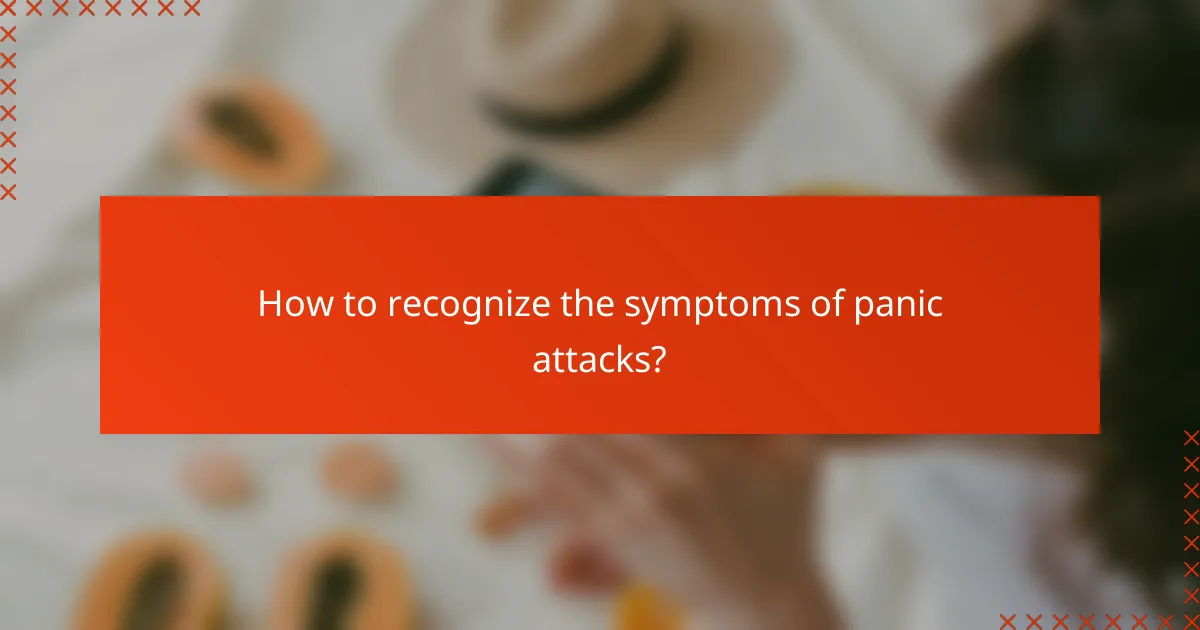
How to recognize the symptoms of panic attacks?
Panic attacks can manifest through various symptoms that may not always be immediately recognizable. Understanding these symptoms is crucial for identifying and managing panic attacks effectively.
Physical symptoms
Physical symptoms of panic attacks can include rapid heartbeat, shortness of breath, and dizziness. Many individuals may also experience sweating, trembling, or a feeling of choking. These symptoms can arise suddenly and may last for several minutes, often leading to a sense of impending doom.
It’s important to note that these physical manifestations can mimic other medical conditions, which can create confusion. If you experience these symptoms frequently, consider consulting a healthcare professional for a thorough evaluation.
Emotional symptoms
Emotional symptoms of panic attacks often include intense feelings of fear or anxiety that seem disproportionate to the situation. Many people report feelings of unreality or detachment from their surroundings, known as depersonalization or derealization. These emotional responses can lead to avoidance behaviors, where individuals steer clear of situations they associate with previous attacks.
Recognizing these emotional symptoms is vital for effective management. Techniques such as mindfulness and cognitive-behavioral strategies can help individuals cope with these feelings and reduce the frequency of panic attacks.
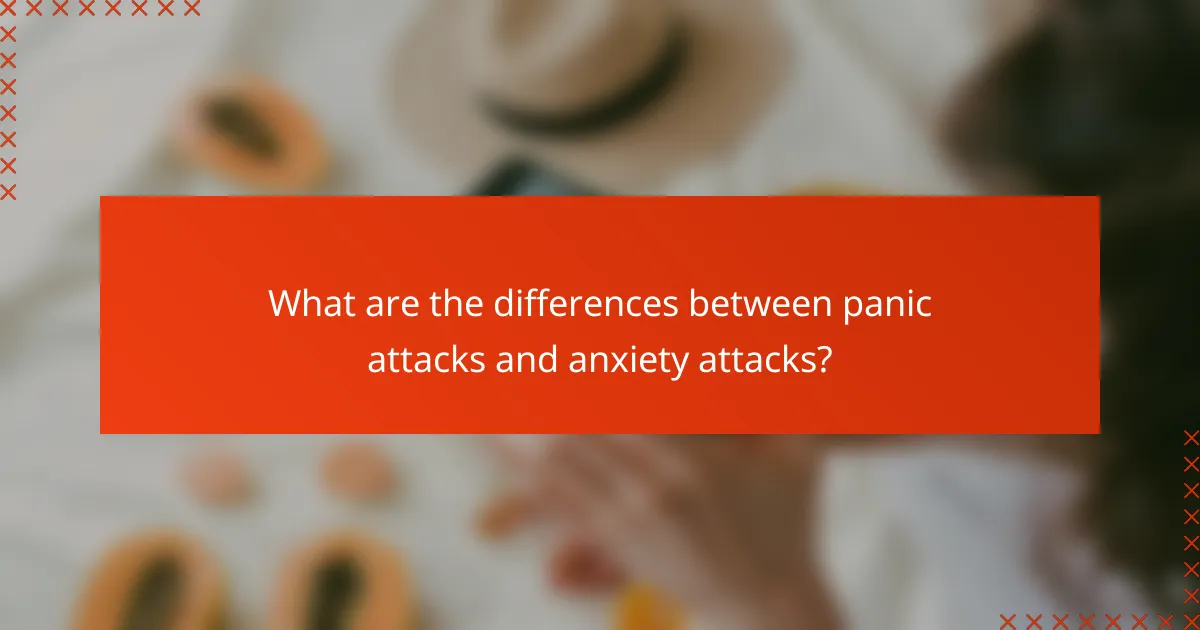
What are the differences between panic attacks and anxiety attacks?
Panic attacks and anxiety attacks differ primarily in their intensity and duration. Panic attacks are sudden and intense episodes of fear that peak within minutes, while anxiety attacks are typically more gradual and associated with ongoing stress or worry.
Panic attack characteristics
Panic attacks are characterized by their abrupt onset and can occur without warning. Symptoms often include a racing heart, shortness of breath, dizziness, and a feeling of impending doom. These episodes usually last for a short duration, often peaking within 10 minutes, but can leave individuals feeling drained afterward.
During a panic attack, individuals may experience physical sensations that mimic serious health issues, leading to heightened fear. It’s common for people to avoid situations where they previously had a panic attack, fearing a recurrence. Recognizing these patterns can be crucial for managing future attacks.
Anxiety attack characteristics
Anxiety attacks are generally less intense than panic attacks and are often linked to specific stressors or ongoing anxiety. Symptoms may include excessive worry, restlessness, and muscle tension, and they can last for hours or even days. Unlike panic attacks, anxiety attacks build gradually and are often accompanied by a sense of dread.
People experiencing anxiety attacks may find it difficult to concentrate or feel overwhelmed by daily tasks. Developing coping strategies, such as mindfulness or relaxation techniques, can help manage these feelings. Understanding the triggers of anxiety attacks is essential for effective management and prevention.

What role does anxiety play in panic attacks?
Anxiety significantly contributes to the onset of panic attacks, often acting as a precursor to these sudden episodes. Elevated anxiety levels can lead to heightened sensitivity to stressors, making individuals more susceptible to experiencing panic attacks without a clear trigger.
Connection between anxiety and panic
Anxiety and panic attacks are closely linked, as anxiety can intensify physiological responses such as increased heart rate and rapid breathing. These symptoms can spiral into a panic attack, characterized by overwhelming fear and physical distress. Individuals with generalized anxiety disorder (GAD) often report frequent panic attacks due to their constant state of worry.
Moreover, anxiety can create a feedback loop; the fear of having a panic attack can increase anxiety levels, making future attacks more likely. Recognizing this connection is crucial for effective management and treatment.
Long-term anxiety effects
Chronic anxiety can lead to various long-term effects, including persistent panic attacks, depression, and physical health issues such as heart problems. Individuals may find themselves in a cycle where anxiety exacerbates panic attacks, which in turn increases overall anxiety levels. This cycle can diminish quality of life and hinder daily functioning.
Addressing long-term anxiety is essential for breaking this cycle. Techniques such as cognitive-behavioral therapy (CBT), mindfulness practices, and lifestyle changes can help manage anxiety and reduce the frequency of panic attacks. Seeking professional help is often a vital step in this process.

